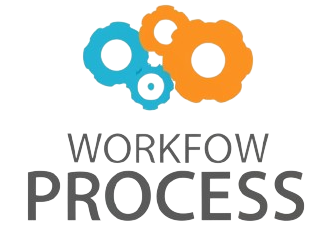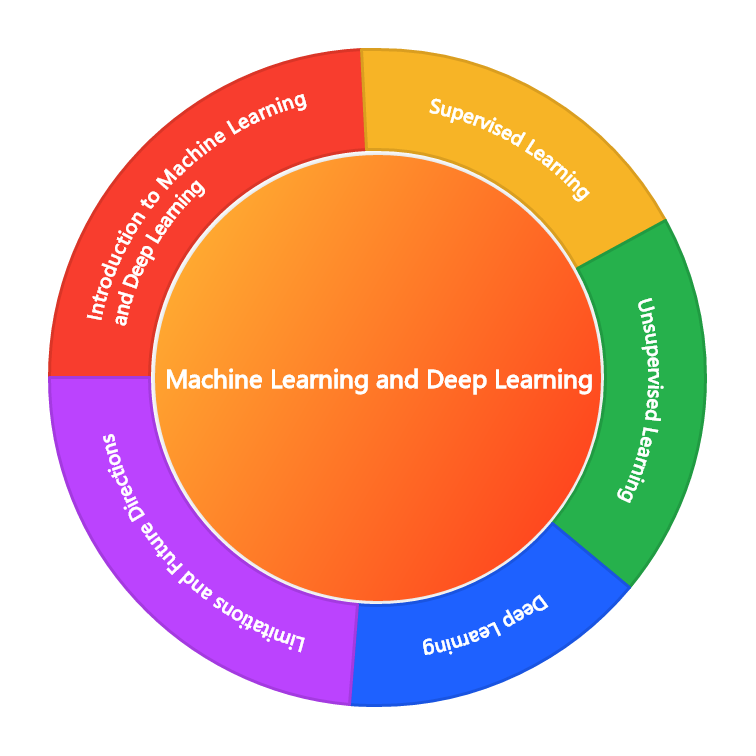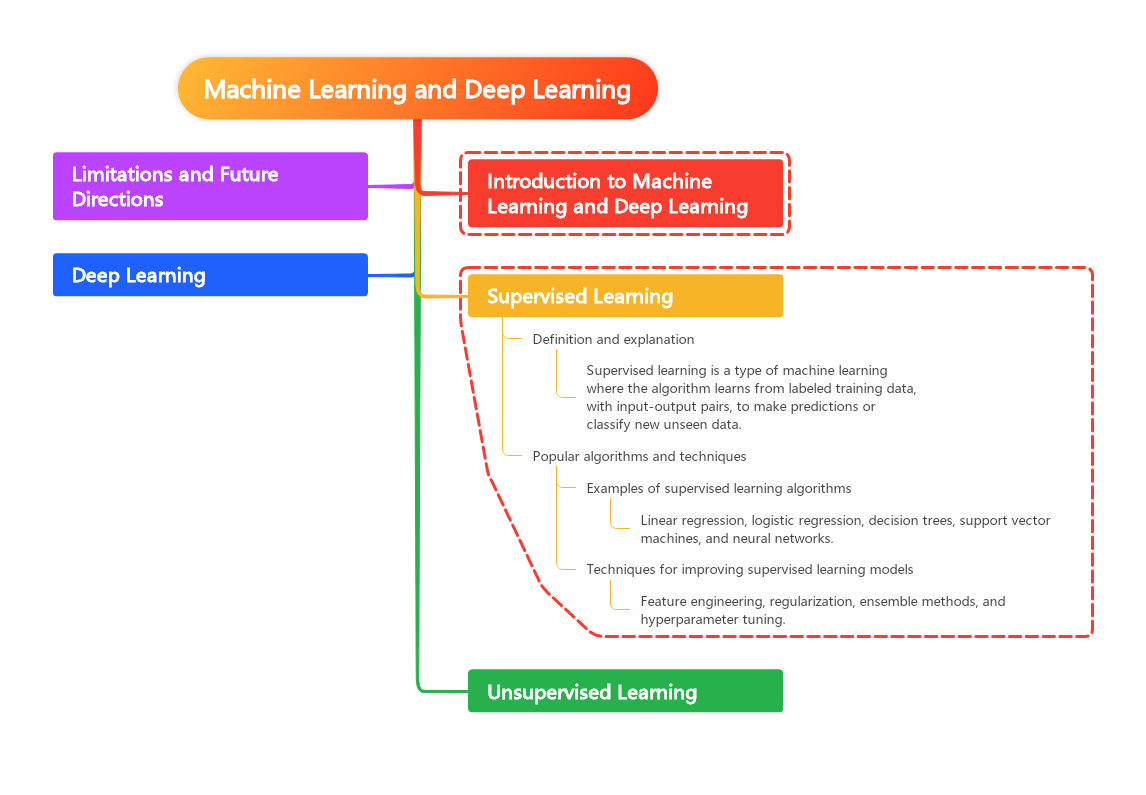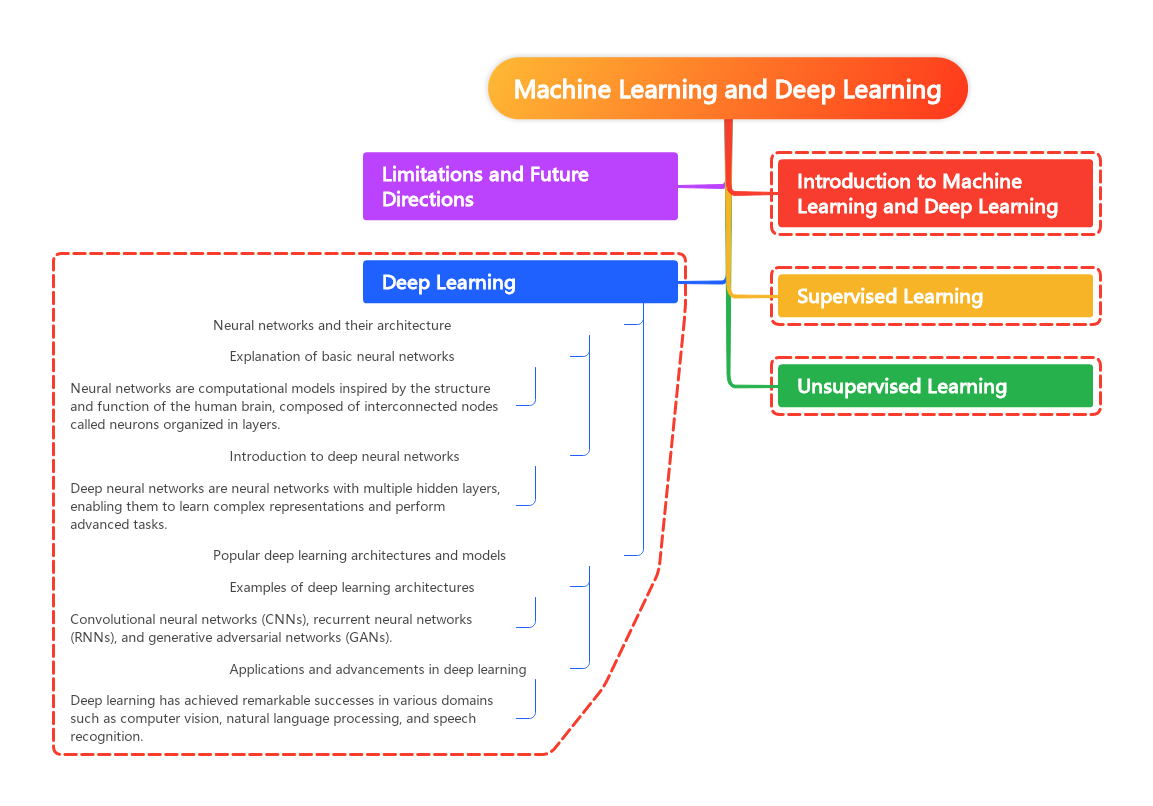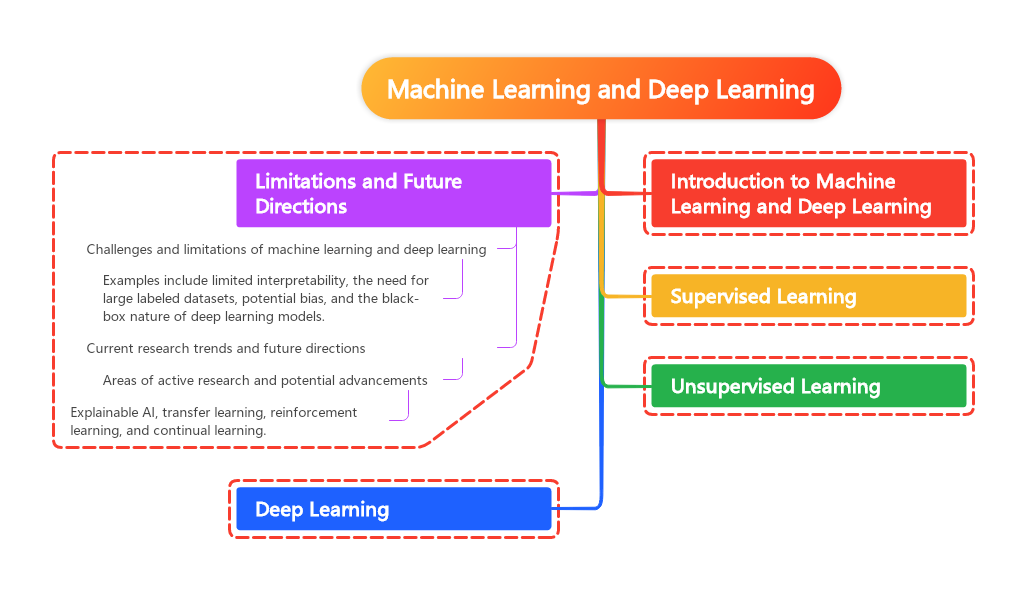Machine Learning and Deep Learning:
Dive into the core of AI, exploring how algorithms learn from data to make predictions or decisions. Explain the difference between machine learning and its subset, deep learning, which involves neural networks that mimic human brain functions.
-
What are machine learning and deep learning?
- Machine learning is a subset of artificial intelligence that focuses on developing algorithms and statistical models that enable computers to learn from and make predictions or decisions based on data. Deep learning, on the other hand, is a specific type of machine learning that involves training artificial neural networks to recognise patterns and make decisions in a way that is inspired by the structure and function of the human brain. Both machine learning and deep learning have been increasingly used in a wide range of applications, including image and speech recognition, natural language processing, and autonomous vehicles.
- For example, in the field of image recognition, machine learning algorithms can be trained on a dataset of images to classify objects or scenes accurately. Deep learning techniques, such as convolutional neural networks, have been particularly successful in this area, achieving high levels of accuracy in tasks like identifying objects in photographs or detecting abnormalities in medical images.
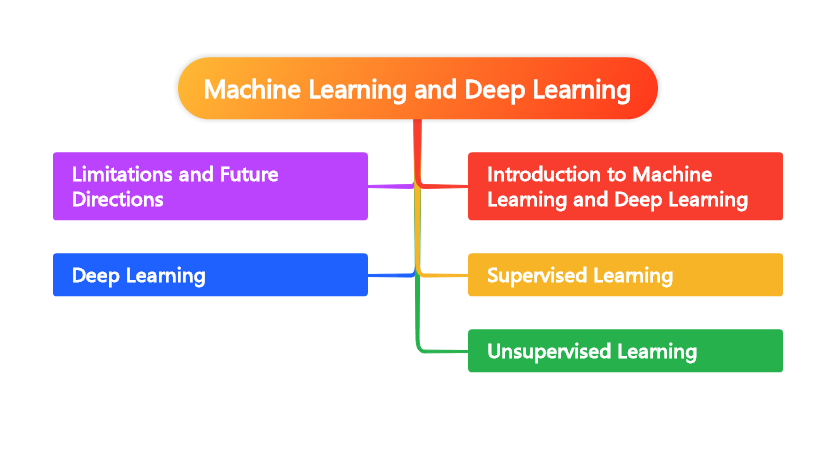
-
Introduction to Machine Learning and Deep Learning
-
The fundamentals of machine learning and deep learning, exploring the algorithms and techniques that power these technologies, We will cover topics such as supervised and unsupervised learning, neural networks, and optimisation methods. By the end of this course, you will have a solid understanding of how machine learning and deep learning work and how they can be applied to real-world problems.
-
-
Supervised Learning:
-
Supervised learning is a type of machine learning where the algorithm is trained on a labelled dataset, meaning that the input data is paired with the correct output. The goal of supervised learning is to learn a mapping function from the input to the output, so that the algorithm can make predictions on new, unseen data. This type of learning is commonly used in tasks such as image classification, speech recognition, and spam detection. In supervised learning, the algorithm is provided with a set of training examples, where each example consists of an input and the corresponding output. The algorithm then learns to map inputs to outputs by adjusting its parameters based on the error between its predictions and the true outputs.
-
-
Unsupervised Learning
-
Unsupervised learning, on the other hand, does not involve labeled output data. Instead, the algorithm is tasked with finding patterns and structure within the input data on its own. This type of learning is often used for tasks such as clustering, anomaly detection, and dimensionality reduction. In unsupervised learning, the algorithm is given a set of input data without any corresponding output labels. The goal is for the algorithm to discover hidden patterns or relationships within the data, without any explicit guidance.
For example: in clustering, an unsupervised learning algorithm can group similar data points together based on their features without being told which group they belong to. This can be useful in market segmentation, where customers with similar purchasing behavior are grouped together for targeted marketing strategies. Anomaly detection, another application of unsupervised learning, can identify unusual patterns in data that deviate from the norm, such as fraudulent transactions in financial data.
-
-
Deep Learning
-
Deep learning is a subset of machine learning that uses artificial neural networks to model and process complex patterns in large amounts of data. Unlike traditional machine learning algorithms, deep learning algorithms can automatically learn hierarchical representations of data, leading to higher levels of abstraction and better performance on tasks such as image and speech recognition. Deep learning has been successful in a wide range of applications, including natural language processing, computer vision, and reinforcement learning.
For example, in financial data analysis, deep learning can be used to predict stock prices by analyzing historical market data and identifying patterns that may indicate future trends. This can help investors make more informed decisions about when to buy or sell stocks, potentially leading to higher profits.
-
-
Limitations and Future Directions
-
One limitation of deep learning is the need for large amounts of labeled data to train models effectively. This can be costly and time-consuming, especially in domains where data is scarce or difficult to obtain. Additionally, deep learning models can be difficult to interpret, making it challenging to understand why a particular decision was made.
In terms of future directions, researchers are exploring ways to improve the interpretability of deep learning models, as well as developing techniques to train models with less data. One promising approach is the use of transfer learning, where a model trained on one task is fine-tuned for a different task with limited data. Another area of interest is the development of more efficient algorithms that can run on smaller, less powerful devices, making deep learning more accessible to a wider range of applications. Overall, the field of deep learning is constantly evolving, with new advancements and innovations on the horizon.
For example, in the field of medical imaging, researchers have successfully used transfer learning to repurpose models trained on general image recognition tasks to accurately detect and classify diseases with limited labeled data. Additionally, the development of lightweight deep learning algorithms has allowed for the deployment of AI-powered diagnostic tools on mobile devices, enabling remote healthcare services in underserved areas.
-
-
Learning and Deep Learning: Mindmap
